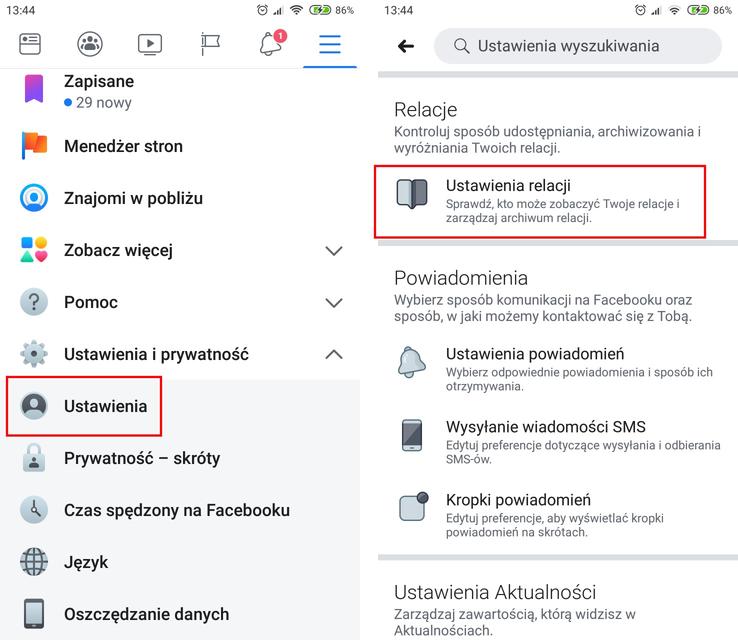The Android system, due to its popularity as well as its open source design, is a very attractive target for criminals. If we combine this with the fact that most smartphone users have a rather little (or no) understanding of cybersecurity, we get a very fertile ground for all kinds of crimes. From simple and easy to detect (but also terrifyingly effective) scams like phishing, ransomware, and malware, which is able to extract a lot of our private information and files and pass them into the hands of hackers. The one that is circulating on the Internet now is extremely cunningly constructed, and even a person who knows a little bit about technology may have problems detecting that his phone has been infected. And this despite the fact that it will have the malware in front of its eyes.
This will interest you Android apps don't work - it's a global system failure They made over $ 400 million based on ignorance of mobile app usersIt's not a system update - it's the malware that sends your information to criminals
This malware was discovered recently and has immediately become the "most sophisticated malware" on Android. All because when installed on a smartphone it disguises itself as "System Update", thanks to which it does not arouse suspicions of the user when the notification bar shows that it is connected to the Internet. Many people will find that the program simply looks for updates, when in fact it sends its developers our most important data - contacts, messages, call records, and also - photos. The program can, without our knowledge, run the camera, microphone, GPS to track our location and capture what we copy to the clipboard.

Fortunately, it takes some effort to get the malware in question. Zimperium specialists who discovered the virus indicated that the only way to infect a smartphone is to download an application from an external repository. Fortunately, people who only use the Play Store are safe. This means that users of newer Huawei smartphones, which, due to the lack of Google Services, must use such repositories are the most vulnerable.


